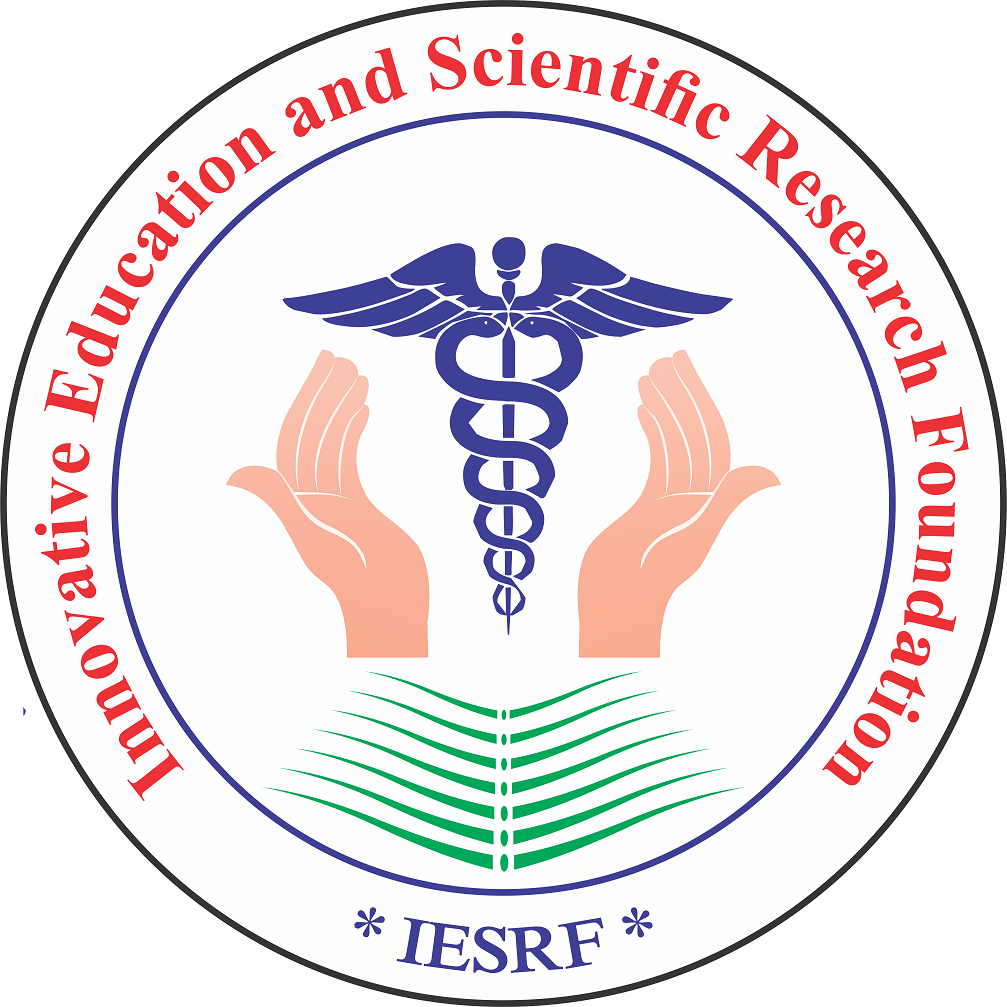Ahead of Print
Perceptions regarding Traditional Bone Setting among Patients with Fractures in National Hospital of Sri Lanka
Authors: Kirushanth Sathiyanathan, Senuri Dias, Nissanthan Tharumakulasingham, Chrishan Navaratnam
DOI: 10.18231/j.ijos.12037.1760084111
Keywords: Traditional_medicine, bone_setters,Fracture_healing
Abstract: Background: Many developing countries, especially in Asia, Africa and South America have an integrated approach to management of fractures where both traditional bone setting (TBS) as well as conventional care co-exist. In Sri Lanka, traditional bone setting appears to be a popular mode of treatment of fractures. Objectives: To determine the perceptions regarding traditional bone setting among patients with fractures treated at orthopedic surgery clinics and wards at National Hospital of Sri Lanka (NHSL). Methods: A descriptive cross-sectional study was carried out using a semi-structured questionnaire to gather information from 100 patients with fractures treated at orthopedic surgery clinics, orthopedic surgery wards and accident service ward at National Hospital of Sri Lanka (NHSL). Consecutive sampling method was utilized. Data was analyzed using SPSS version 30 and results presented in the form of means, percentages and tables. Results: Majority of the respondents (27%) were in the 60-69 age group, with a mean age of 52.67 years. Most respondents (50%) sought TBS treatment for chronic pain. The main reasons for seeking TBS were cost and accessibility. 15 respondents (15%) had experienced complications following TBS treatment, the most common being exacerbation of pain (40%). The reason for almost all respondents to seek formal healthcare for orthopaedic ailments was the availability of sophisticated imaging (98%). 50% were undecided regarding the skills of traditional bone setters when compared to orthodox practitioners. Majority (50%) believed that orthodox care is more effective in pain and wound management while half the respondents (65%) believed that orthodox care is not associated with a higher cost when compared to TBS services. Conclusion: Our study highlights the continued reliance in traditional bone setting for orthopedic issues including fractures, primarily contributed by factors such as accessibility, cost and cultural beliefs. Our findings also emphasize the importance of formal healthcare, mostly with regards to its advanced diagnostic capabilities. We suggest that a greater linkage between traditional bone setting and orthodox medical practitioners will improve the overall outcome when treating orthopaedic issues while reducing the risks.
